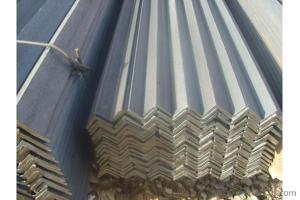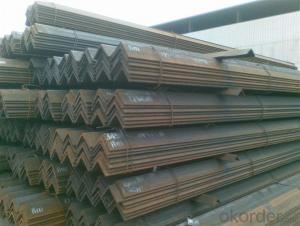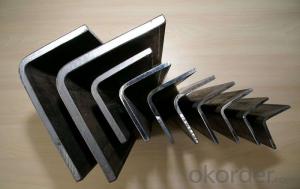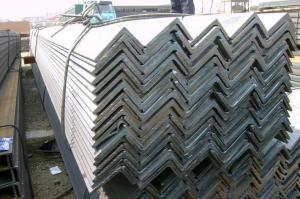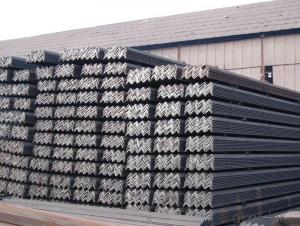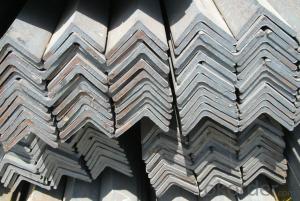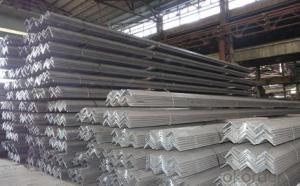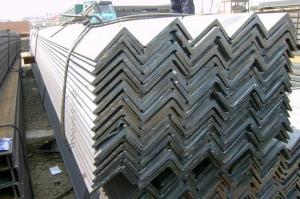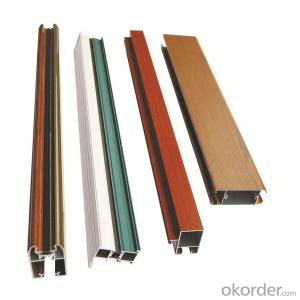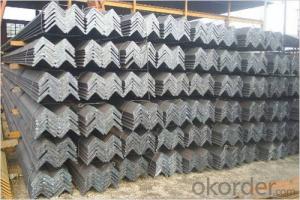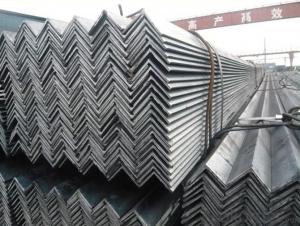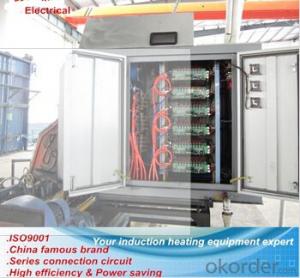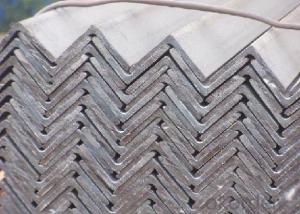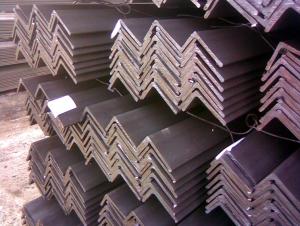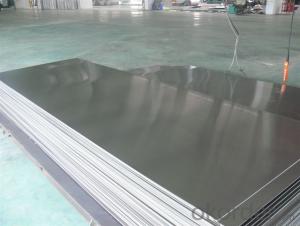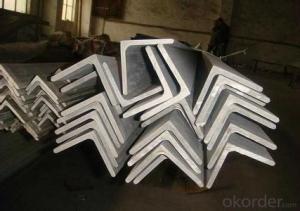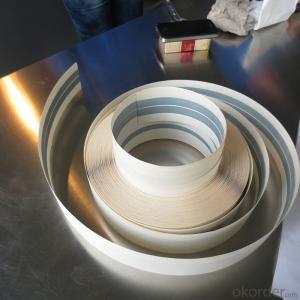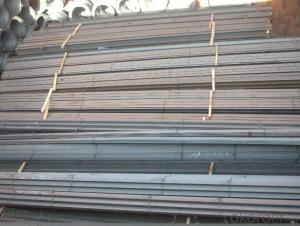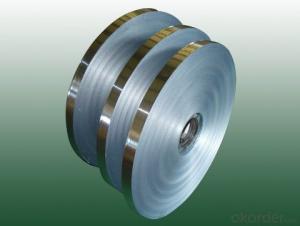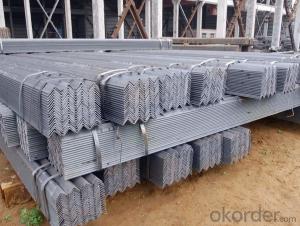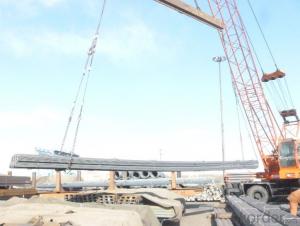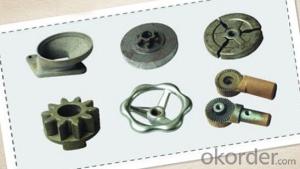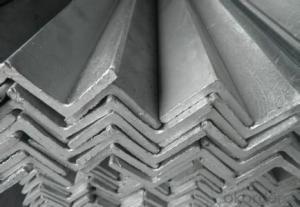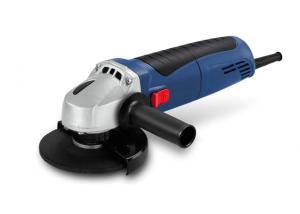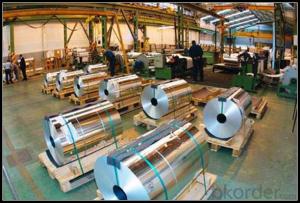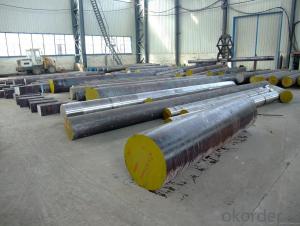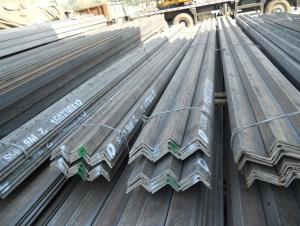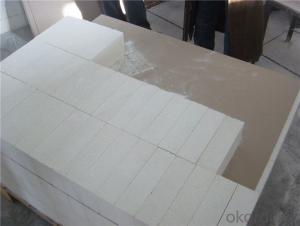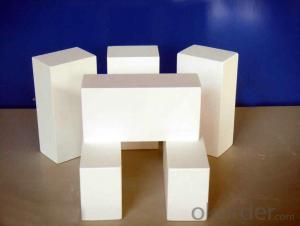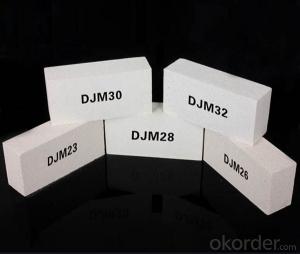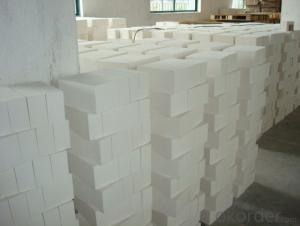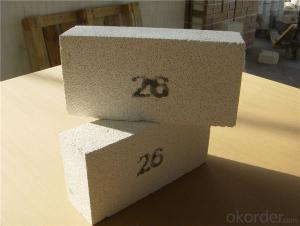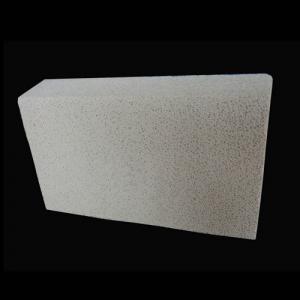Aluminum Angle Iron
Aluminum Angle Iron Related Searches
Galvanized Steel Angle Equal TeesHot Searches
Aluminum Angle Iron Supplier & Manufacturer from China
Okorder.com is a professional Aluminum Angle Iron supplier & manufacturer, offers integrated one-stop services including real-time quoting and online cargo tracking. We are funded by CNBM Group, a Fortune 500 enterprise and the largest Aluminum Angle Iron firm in China.Hot Products
FAQ
- Insulating fire bricks are indeed a suitable option for utilization in lime kilns. Lime kilns function at elevated temperatures, usually ranging from 900 to 1200 degrees Celsius. These insulating fire bricks are specifically constructed to endure such extreme temperatures and offer exceptional thermal insulation. With their low thermal conductivity, they aid in conserving heat and upholding high temperatures inside the kiln. Moreover, these bricks possess a lightweight nature and exhibit considerable resistance to thermal shock, rendering them ideal for the cyclic heating and cooling procedures employed in lime kilns.
- Yes, insulating fire bricks can be used in the construction of ceramic fiber kilns. Insulating fire bricks provide excellent thermal insulation, which helps to retain heat and improve energy efficiency in kilns. They are often used as the lining material in kilns to prevent heat loss and ensure efficient firing processes.
- Special curing and firing temperature profiles are indeed necessary for insulating fire bricks. These bricks are made from lightweight materials like perlite, vermiculite, or alumina silicate, all of which possess exceptional insulating properties. Their design enables them to endure high temperatures while providing superior thermal insulation. Throughout the manufacturing process, insulating fire bricks undergo a curing procedure to eliminate any moisture content. This is typically achieved by gradually raising the temperature in a controlled manner. The curing process is essential to prevent any potential cracking or damage that may occur if the bricks were subjected to high temperatures too quickly. When it comes to firing temperature profiles, careful consideration is required for insulating fire bricks. They are specifically designed for applications where temperatures can reach up to 2800°F (1538°C). Therefore, it is crucial to adhere to the recommended firing temperature profiles provided by the manufacturer. The firing temperature profile usually involves a gradual increase in temperature to allow the insulating fire bricks to reach the desired maximum temperature without experiencing any thermal shock or damage. This gradual heating process ensures that the bricks are adequately cured and capable of withstanding the extreme temperatures they will encounter during use. It is worth noting that the specific curing and firing temperature profiles may vary depending on the type and composition of the insulating fire bricks. Consequently, it is vital to consult the manufacturer's guidelines and recommendations to ensure the proper curing and firing process for the specific type of insulating fire bricks being utilized.
- Yes, insulating fire bricks can be used in contact with molten metal. Insulating fire bricks are designed to withstand high temperatures and are often used in applications involving molten metal, such as in furnaces and kilns. They have excellent thermal insulation properties and are resistant to thermal shock, making them suitable for use in these environments.
- Insulating fire bricks possess the capability to be utilized in thermal insulation panels. These bricks are manufactured using lightweight materials, including clay, alumina, and silica, which exhibit exceptional thermal insulation properties. They are engineered to withstand extreme temperatures and deliver insulation across a range of applications, such as furnaces, kilns, and industrial equipment. When integrated into thermal insulation panels, insulating fire bricks aid in diminishing heat transfer and enhancing energy efficiency. They effectively trap and reflect heat, preventing its escape or entry into the insulated area. This renders them suitable for insulating walls, roofs, and other structures that necessitate thermal insulation. Furthermore, the installation of insulating fire bricks is hassle-free, as they can be cut or shaped to accommodate various spaces and configurations. This flexibility allows for personalized customization and ensures a secure and efficient insulation barrier. It should be noted that while insulating fire bricks provide exceptional thermal insulation, their effectiveness in sound insulation may be limited. Therefore, additional soundproofing measures may be required if soundproofing is also a requirement. In conclusion, insulating fire bricks represent a dependable choice for thermal insulation panels, offering superior insulation performance, durability, and versatility.
- Glass furnaces can indeed utilize insulating fire bricks. These bricks are specifically engineered with low thermal conductivity, rendering them ideal for high-temperature environments such as glass furnaces. The implementation of these bricks aids in the reduction of heat loss from the furnace, consequently enhancing energy efficiency and decreasing operational expenses. Moreover, they offer superior insulation and aid in maintaining consistent temperatures within the furnace, a vital factor in glass production. Furthermore, insulating fire bricks exhibit excellent resistance to thermal shock and can endure the extreme temperatures and rapid temperature fluctuations that are common in glass furnaces. Overall, integrating insulating fire bricks into glass furnaces can result in enhanced furnace performance, heightened productivity, and energy conservation.
- Yes, insulating fire bricks can be used in chimney liners. Insulating fire bricks are designed to withstand high temperatures and provide excellent insulation properties. They are commonly used in applications such as kilns, furnaces, and fireplaces where heat retention is important. When used as chimney liners, insulating fire bricks help to protect the chimney walls from the extreme heat generated by the fire, while also minimizing heat loss. This can improve the efficiency of the chimney and reduce the risk of damage to the surrounding structure. However, it is important to consult with a professional chimney technician or engineer to ensure that the specific type of insulating fire brick being used is suitable for the intended application and meets all relevant safety standards and building codes.
- Insulating fire bricks are offered in a variety of sizes and shapes to accommodate different applications and requirements. The size options for insulating fire bricks typically span from standard measurements like 9" x 4.5" x 2.5" (commonly referred to as "9-inch bricks") to smaller dimensions such as 9" x 4.5" x 1". These standard sizes are extensively utilized in the construction of fireplaces, kilns, furnaces, and other applications involving high temperatures. In addition to the standard sizes, manufacturers also provide insulating fire bricks in custom sizes, allowing for greater design and construction flexibility. The custom sizes may vary depending on the manufacturer, but they generally adhere to the same width and length measurements as the standard bricks. Regarding their shape, insulating fire bricks are typically rectangular or square. The rectangular shape is the most prevalent and versatile, enabling easy installation and arrangement in various structures. Although square-shaped bricks are also available, they may be less commonly utilized. It is important to note that insulating fire bricks can be further classified based on their density or insulation value. These bricks are typically categorized into three groups: low-density, medium-density, and high-density. Each category possesses distinct insulating properties, with low-density bricks offering the highest insulation value. In summary, the extensive range of sizes and shapes offered for insulating fire bricks allows for customization and adaptability to different construction projects, ensuring optimal insulation and heat retention in applications involving high temperatures.
